Integration of Smart Features
The Current Clamps Market is evolving with the integration of smart features that cater to the needs of modern consumers. Smart current clamps equipped with Bluetooth or Wi-Fi connectivity allow users to monitor electrical parameters through mobile applications. This convenience appeals to both professional electricians and DIY enthusiasts, as it simplifies the process of data collection and analysis. The trend towards smart home technology is also influencing the market, as homeowners increasingly seek devices that enhance energy management. As a result, the market for current clamps is projected to expand, with smart features likely to account for a significant portion of sales in the coming years.
Increased Demand for Energy Efficiency
The Current Clamps Market is witnessing a heightened demand for energy efficiency solutions across various sectors. As organizations strive to reduce operational costs and minimize their carbon footprint, current clamps are increasingly utilized for monitoring energy consumption. This trend is particularly evident in the manufacturing and commercial sectors, where energy audits and efficiency assessments are becoming standard practices. The market is expected to benefit from this shift, with estimates suggesting that energy efficiency measures could lead to a reduction in energy consumption by up to 30% in some industries. Consequently, the demand for current clamps is likely to rise as businesses seek effective tools for energy management.
Regulatory Compliance and Safety Standards
The Current Clamps Market is significantly influenced by regulatory compliance and safety standards that govern electrical measurements. As industries face stricter regulations regarding safety and environmental impact, the demand for reliable measurement tools, such as current clamps, is expected to increase. Compliance with international standards ensures that products meet safety requirements, which is crucial for manufacturers and end-users alike. This regulatory landscape not only drives innovation in product design but also fosters consumer confidence in the tools they use. Consequently, the market is likely to see a steady growth trajectory as companies prioritize compliance and safety in their operations.
Rising Adoption in Renewable Energy Sector
The Current Clamps Market is benefiting from the rising adoption of renewable energy sources, which necessitate precise electrical measurements. As solar and wind energy installations proliferate, the need for effective monitoring tools becomes paramount. Current clamps play a vital role in assessing the performance of renewable energy systems, ensuring optimal operation and maintenance. This trend is particularly pronounced in regions investing heavily in sustainable energy solutions. The market is projected to grow as the renewable energy sector expands, with current clamps becoming essential tools for engineers and technicians involved in the installation and maintenance of these systems.
Technological Advancements in Measurement Tools
The Current Clamps Market is experiencing a surge in technological advancements that enhance measurement accuracy and efficiency. Innovations such as digital displays, wireless connectivity, and advanced sensor technologies are becoming increasingly prevalent. These advancements not only improve the user experience but also expand the range of applications for current clamps, from industrial settings to residential use. The integration of IoT capabilities allows for real-time monitoring and data analysis, which is particularly appealing to sectors focused on energy management. As a result, the market is projected to grow at a compound annual growth rate of approximately 6.5% over the next five years, driven by these technological improvements.


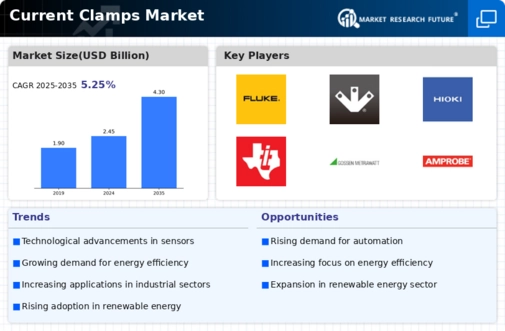
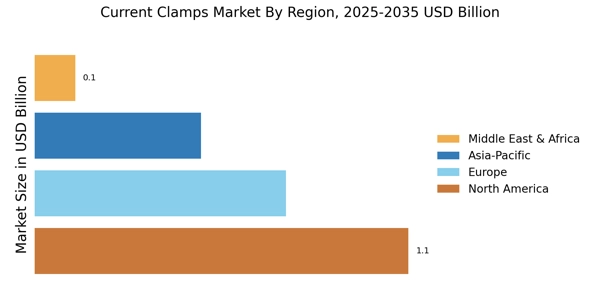
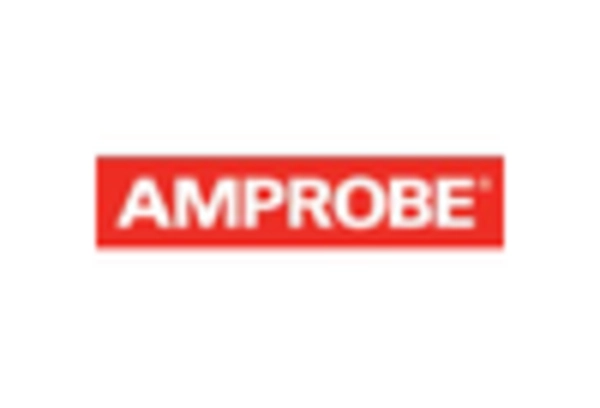
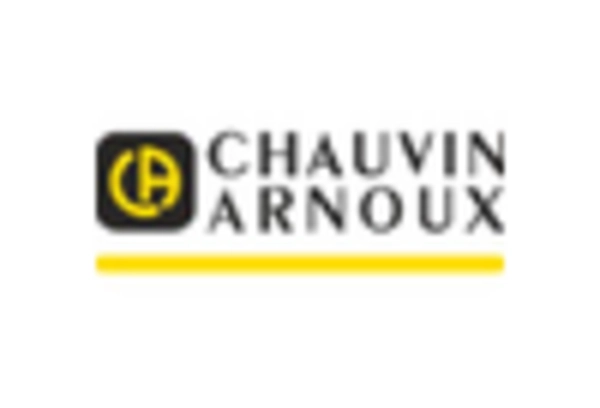
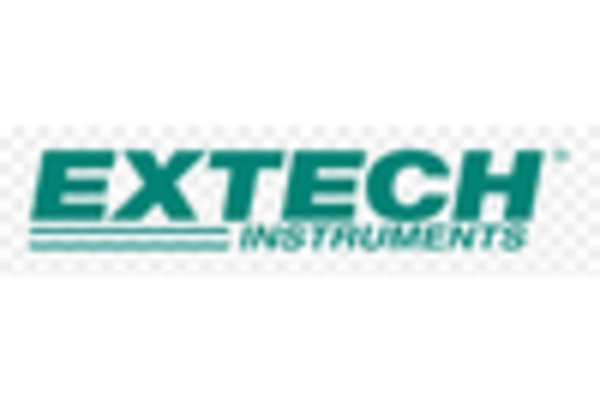
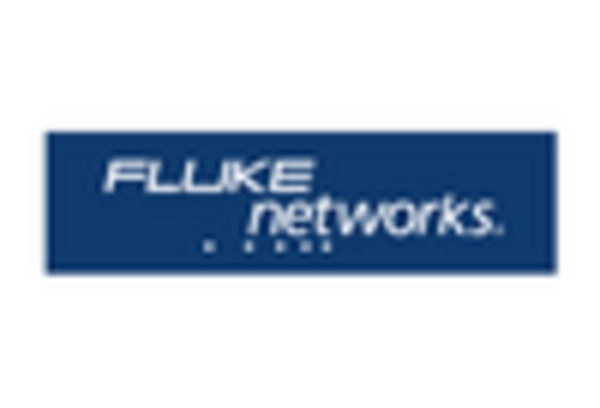
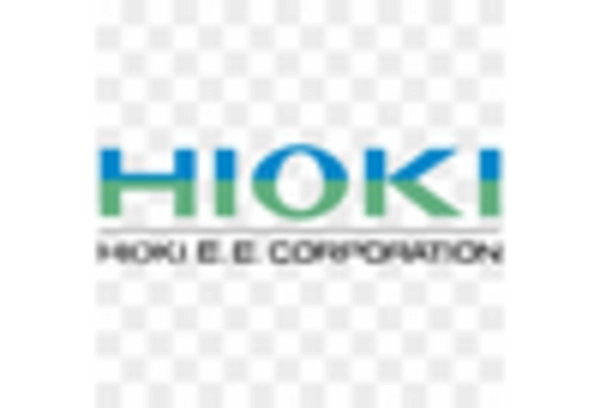
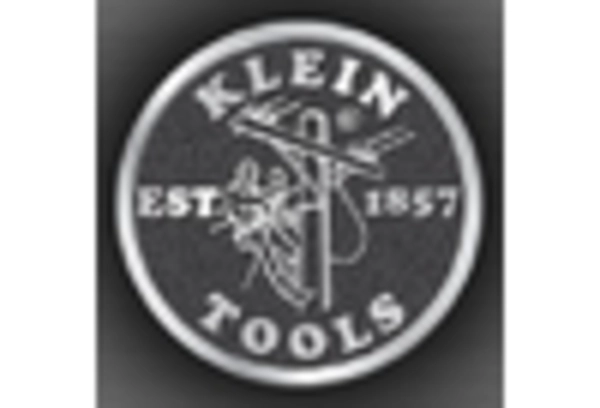








Leave a Comment